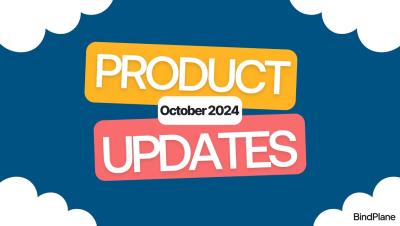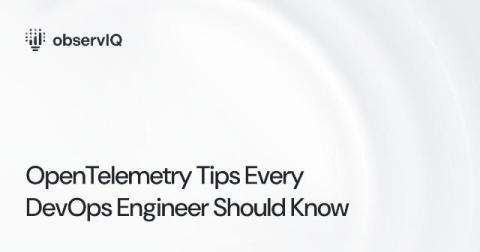October '24 BindPlane Update
I'm covering our powerful new feature: the coalesce processor in BindPlane! I’ll walk you through how to use it to simplify your telemetry data by merging mismatched field names—like user and username—into one unified field (usr). We’ll configure a BindPlane Gateway, capture telemetry from various sources, and route it all to Honeycomb and S3. With the coalesce processor, field names get standardized quickly, making your dashboards and alerts far more intuitive.







